Typically, our barking buddies are social creatures — which is why we humans get along with dogs so well. Yet, what happens if you realise your dog is suffering from public anxiety? It seems social fear in dogs is not all that uncommon.
Social fear in dogs (also known as social anxiety) is a fear of people, fellow animals, or unfamiliar sights, sounds or places. So your dog might feel perfectly comfortable at home, but when you take him to new or unfamiliar places he may display signs of fear.
According to Anxiety.org, dogs are just as likely to have anxiety as us humans. However, it seems some breeds of dog are more susceptible to anxiety disorders.
In terms of five common stress-causing situations — meeting new people, meeting other dogs, touch sensitivity, loud noises and separation from the owner — smaller breeds tend to display greater levels of stress.
Breeds that scored high on all five scenarios include:
- Chihuahua
- Dachshund
- Mini Dachshund
- Maltese
- Toy Poodle
- Yorkshire Terrier
It may be that smaller breeds are more at risk of harm, given their small size, and so they feel more vulnerable and more prone to anxiety.
Signs of social fear in dogs
If you have a small dog, or you happen to have a large dog that gets anxious, the good news is that it can be treated. However, first, you need to recognise the signs of fear in your four-legged friend.
The most common signs of fear in dogs include:
- Pacing
- Panting
- Cowering
- Shaking/trembling
- Inability to settle
- Whining
- Lack of appetite
- Difficult to distract
- Unusual aggressive behaviour
Seeing a dog that’s obviously suffering from fear and anxiety can leave you feeling helpless, particularly if your attempts to comfort him or her fail—which often they do. Thus, knowing what action you can take to help prevent and treat social fear in dogs is important.
Reducing your dog’s social fear
Companion Animal Psychology reports the key cause of social fear (with unfamiliar humans and dogs) is poor socialisation between 7 and 16 weeks of age. During this period is when puppies should experience many different positive interactions.
As well as lack of socialisation during puppyhood, other reasons for social fearfulness in dogs may include size, gender, and whether or not they’ve been neutered.
Desensitization
Despite the complex causes of social fear in dogs, there are things you can do to help prevent and treat this disorder. One method is desensitization, which essentially means training your dog to feel differently about his trigger.
In all honestly, this type of training can take a VERY long time, but it’s well worth it to help your dog overcome his or her social fear. Keep in mind it’s important to be kind and not to punish.
One method is to give your dog a treat every time his trigger appears. In cases where the dog’s social fear is very severe, this might not be possible; it’s likely the dog will be too anxious to even take the treat.
The Spruce Pets website recommends against comforting your dog when it’s fearful, as this might reinforce the behaviour.
The key is to expose your dog to different situations, people, places and other dogs in a slow and safe way. This will take weeks or even months, but eventually, your dog should become less threatened and anxious.
Consistency, kindness and rewards will help your dog associate those once fearful things with positivity.
Prevention
Certainly, the best method is to try to prevent your four-legged friend from developing social fear in the first place. If you have an adult dog, it’s not too late to take action to socialise it. Here are a few tips.
Walk your dog regularly and make it a fun experience by incorporating games, such as chasing the ball or hide and seek. Give your dog praise and encouragement when it behaves well. For example, when it greets another person confidently.
Meet other dogs. Incorporating a trip to the local dog beach or dog path in your weekly walks will help your dog get used to meeting new fur pals.
Invite friends with dogs to your home. Hosting doggy play dates is a great way to encourage your dog to happily socialise in its own domain. Plus, it’s a great excuse to invite your pals over!
Take your dog camping. This is a wonderful way to explore new surroundings with your dog and expose him or her to new sights, sounds, people and canine companions.
If you’ve taken action to treat social fear in your dog but things haven’t become any better, it may be time to seek professional help. Animal behaviourists or dog trainers are skilled and experienced in working with dogs with behavioural problems. They should be able to assist you to identify the underlying cause and provide a solution.
If you’ve managed to treat social fear in your dog, we’d love to hear what action you took.
Image source: Unsplash.com

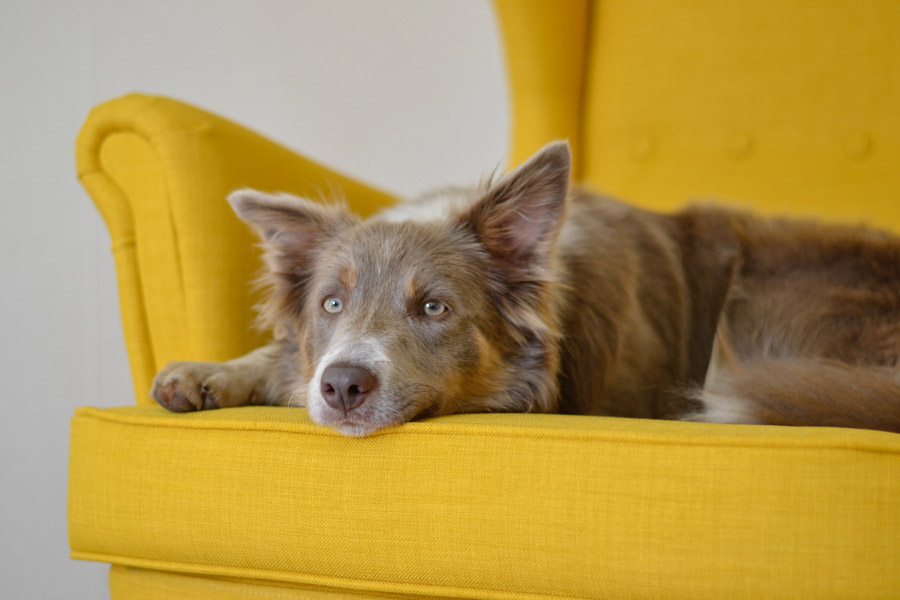
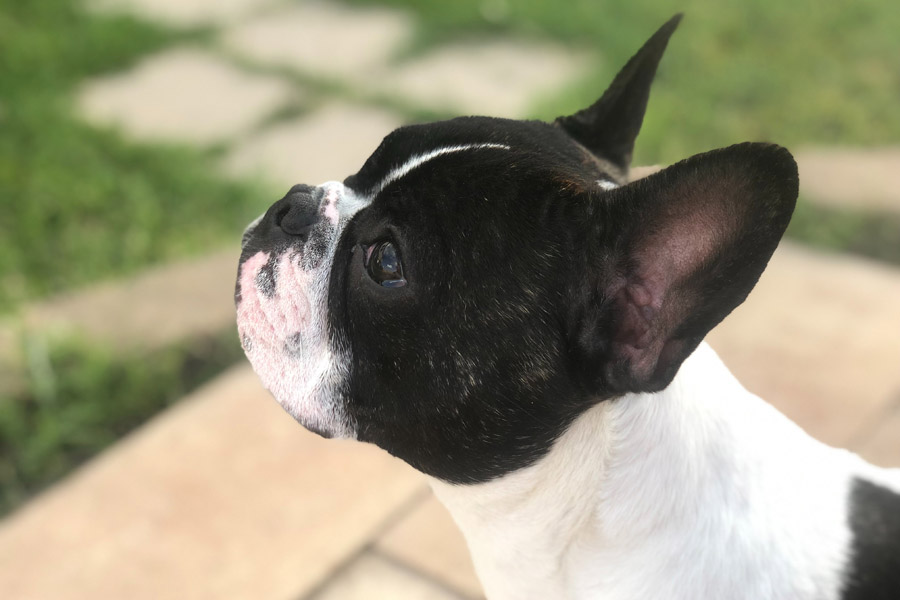
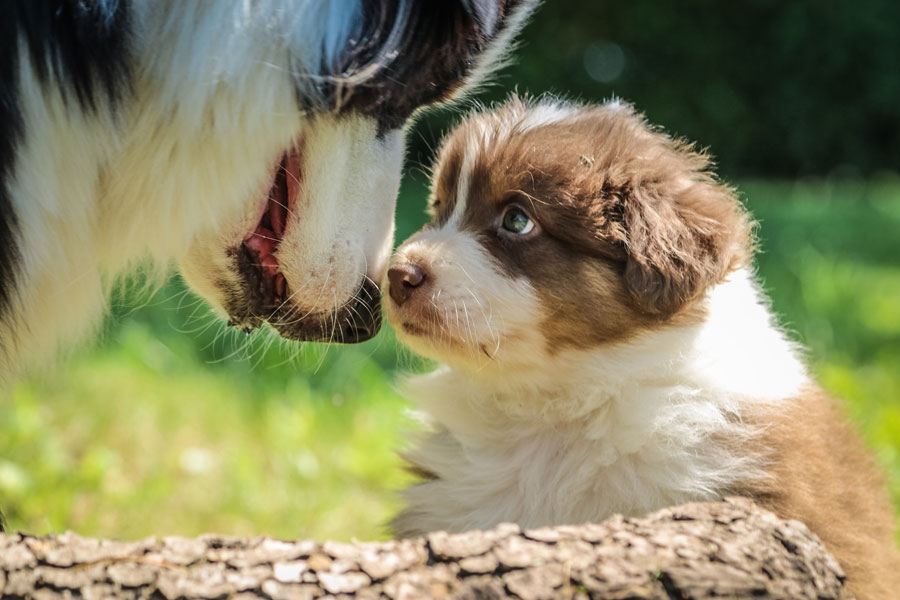



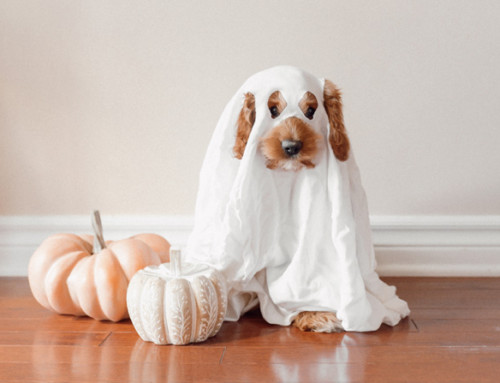
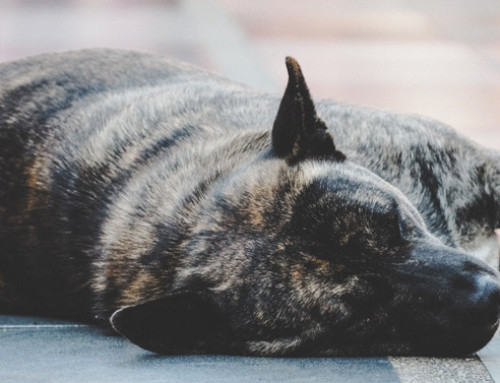
Leave A Comment